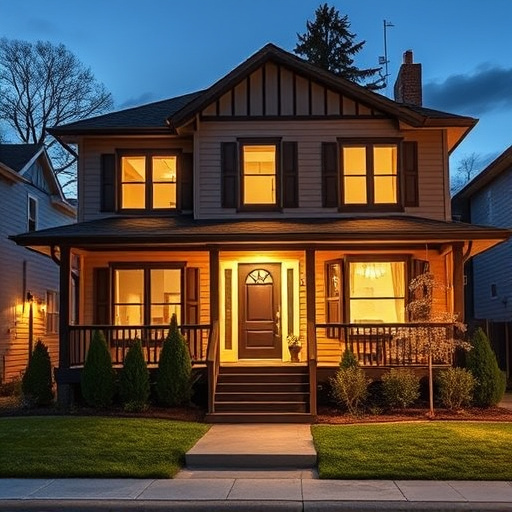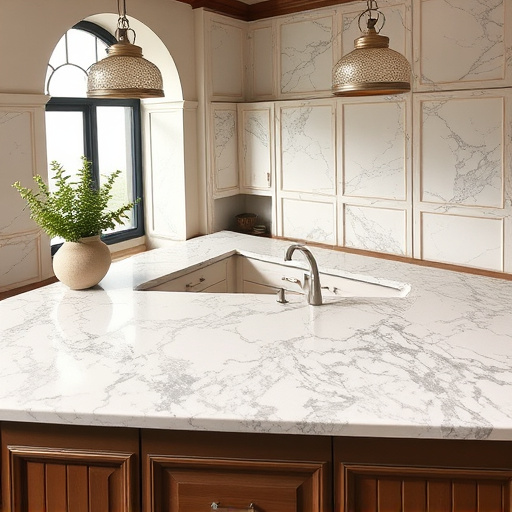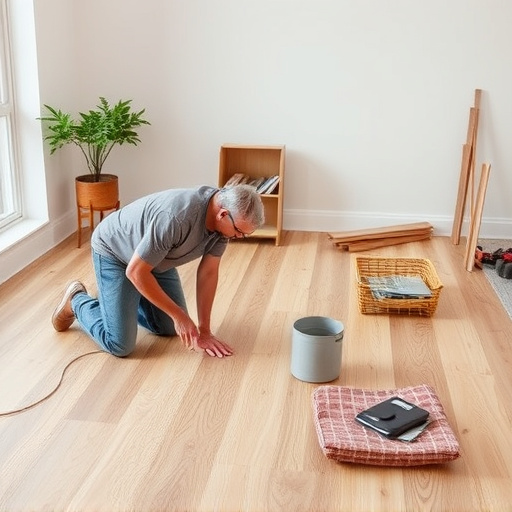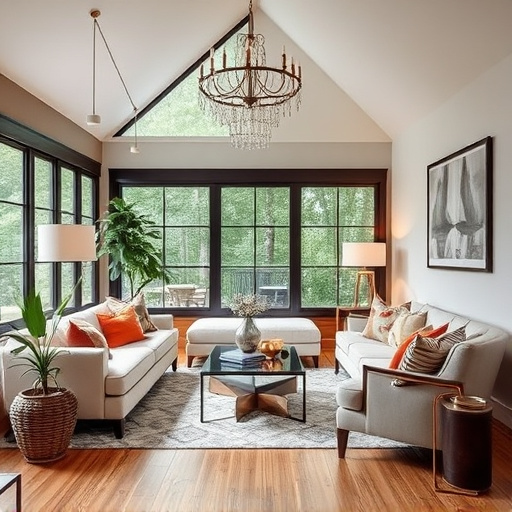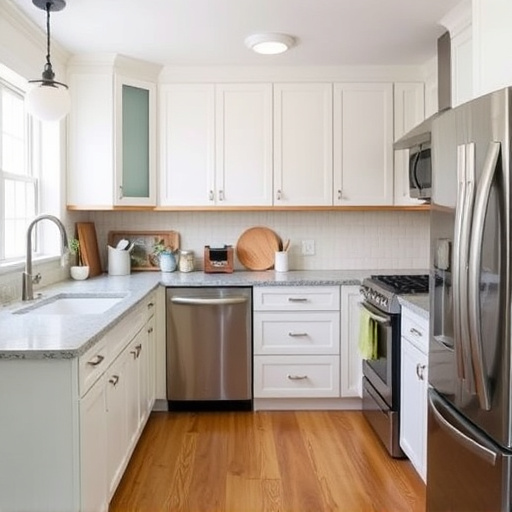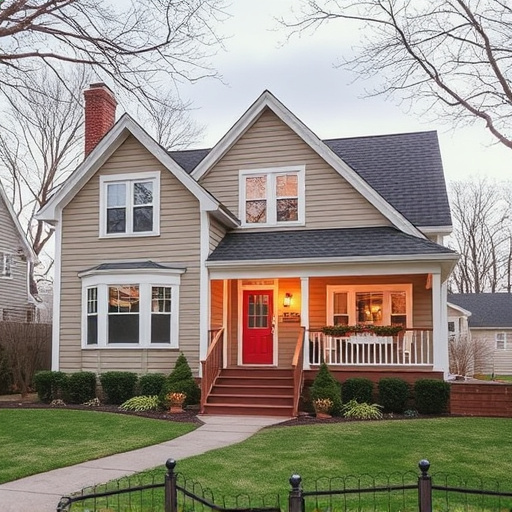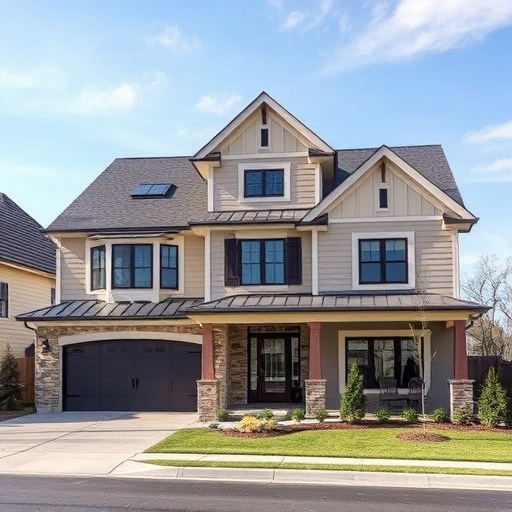Prioritizing eco-friendly materials like bamboo, cork, and reclaimed wood in office interiors reduces environmental impact and promotes healthier workspaces. Local, non-toxic products minimize transportation carbon footprints. Energy efficiency through smart technologies, strategic window placement, and renewable energy sources further decreases carbon footprint. Green building materials and practices enhance indoor air quality and employee well-being, aligning with the "green office" trend. Sustainable office interiors prioritize occupant health and environmental sustainability.
In today’s digital era, sustainable office interiors are not just a trend but an essential step towards minimizing environmental impact. As businesses grow, so does their carbon footprint. This article explores eco-friendly materials, energy efficiency strategies, and green design principles to create healthy, environmentally conscious spaces. By adopting these practices, offices can significantly reduce their ecological impact while fostering a productive and responsible work environment.
- Eco-Friendly Materials: Choosing Sustainable Options for Office Interiors
- Energy Efficiency: Strategizing to Reduce Carbon Footprint in Offices
- Green Design Principles: Creating Healthy and Environmentally Conscious Spaces
Eco-Friendly Materials: Choosing Sustainable Options for Office Interiors
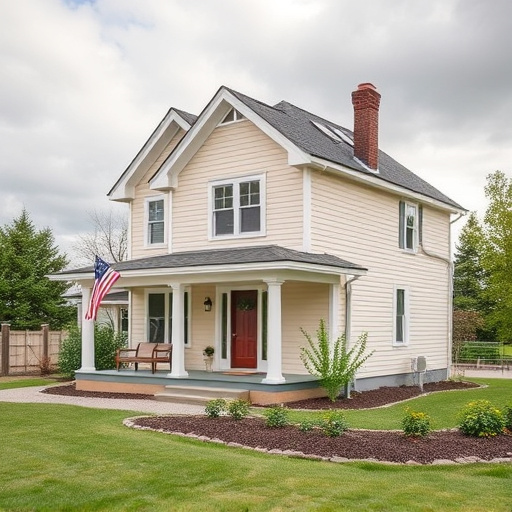
When designing office interiors, prioritizing eco-friendly materials is a powerful step toward sustainability. Opting for sustainable options not only reduces an organization’s environmental footprint but also contributes to healthier workspaces. Natural, renewable, and recycled materials like bamboo, cork, and reclaimed wood are excellent choices for flooring, furniture, and decor. These materials are not just aesthetically pleasing; they also offer durability and low maintenance, making them a practical and long-lasting investment for any office space.
Moreover, incorporating locally sourced and non-toxic products can significantly minimize the carbon footprint associated with transportation and chemical exposure. Many modern home improvement services now cater to this demand by offering a range of customizable work options that align with environmental standards. From sustainable fabric upholstery to biodegradable cleaning supplies, these choices collectively foster a positive change in the office environment, reflecting a commitment to both corporate responsibility and stylish, eco-conscious home transformations.
Energy Efficiency: Strategizing to Reduce Carbon Footprint in Offices
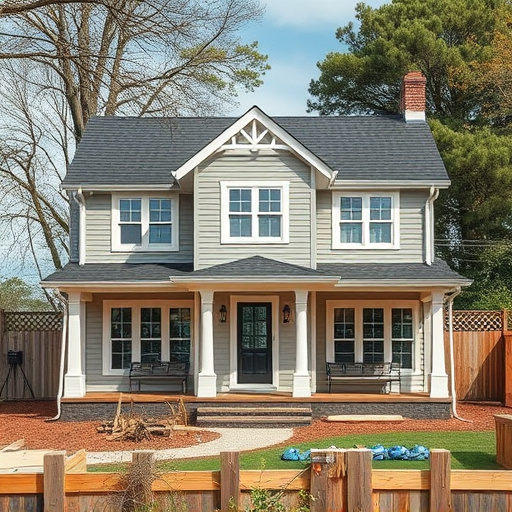
In the realm of sustainable office interiors, energy efficiency plays a pivotal role in minimizing environmental impact and reducing a company’s carbon footprint. Strategizing for energy conservation begins with a comprehensive assessment of the building’s systems, including lighting, heating, ventilation, and air conditioning (HVAC). Implementing smart technologies like LED lighting, programmable thermostats, and energy-efficient appliances can significantly cut down on electricity consumption. Additionally, natural light should be maximized through strategic window placement and daylighting strategies, reducing the need for artificial lighting during the day.
Customized home renovations and additions to existing office spaces offer opportunities to integrate eco-friendly features. For instance, incorporating renewable energy sources like solar panels or wind turbines can further diminish the building’s reliance on conventional power grids. Green building materials and sustainable design practices, such as efficient water management systems and low-VOC finishes, contribute to a healthier indoor environment while reducing waste and pollution. These measures not only benefit the planet but also enhance employee well-being and productivity in what is increasingly referred to as the “green office” trend.
Green Design Principles: Creating Healthy and Environmentally Conscious Spaces
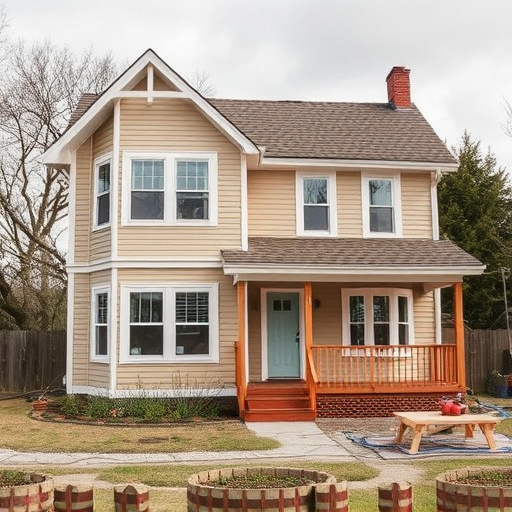
Sustainable office interiors are not just about aesthetics; they’re a cornerstone of responsible business practices. Green design principles guide the creation of healthy and environmentally conscious spaces within offices. One key principle is using natural materials like bamboo, reclaimed wood, and recycled fabrics to reduce the carbon footprint associated with production and transportation. These choices not only minimize waste but also enhance air quality by absorbing toxins.
Additionally, incorporating elements like daylight harvesting, where windows are strategically placed to maximize natural light, reduces energy consumption for artificial lighting. Plants also play a vital role in office design, acting as natural air purifiers and contributing to a sense of well-being among employees. This focus on sustainability in office interiors extends beyond aesthetics; it’s about fostering a healthier environment for occupants while minimizing the ecological impact, making these spaces not just functional but also responsible.
Sustainable office interiors are not just a trend but an essential step towards minimizing our environmental impact. By incorporating eco-friendly materials, implementing energy efficiency strategies, and adhering to green design principles, businesses can create healthy, productive workspaces while reducing their carbon footprint. These practices not only benefit the planet but also attract environmentally conscious employees and clients, positioning companies as responsible leaders in their industry. Adopting sustainable office interiors is a win-win for both business and the planet.








